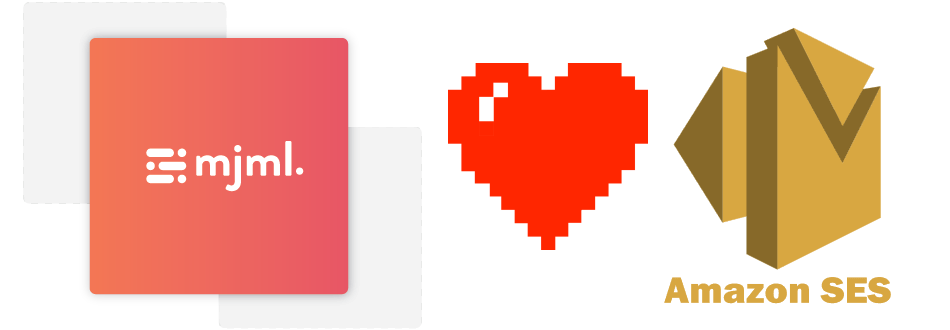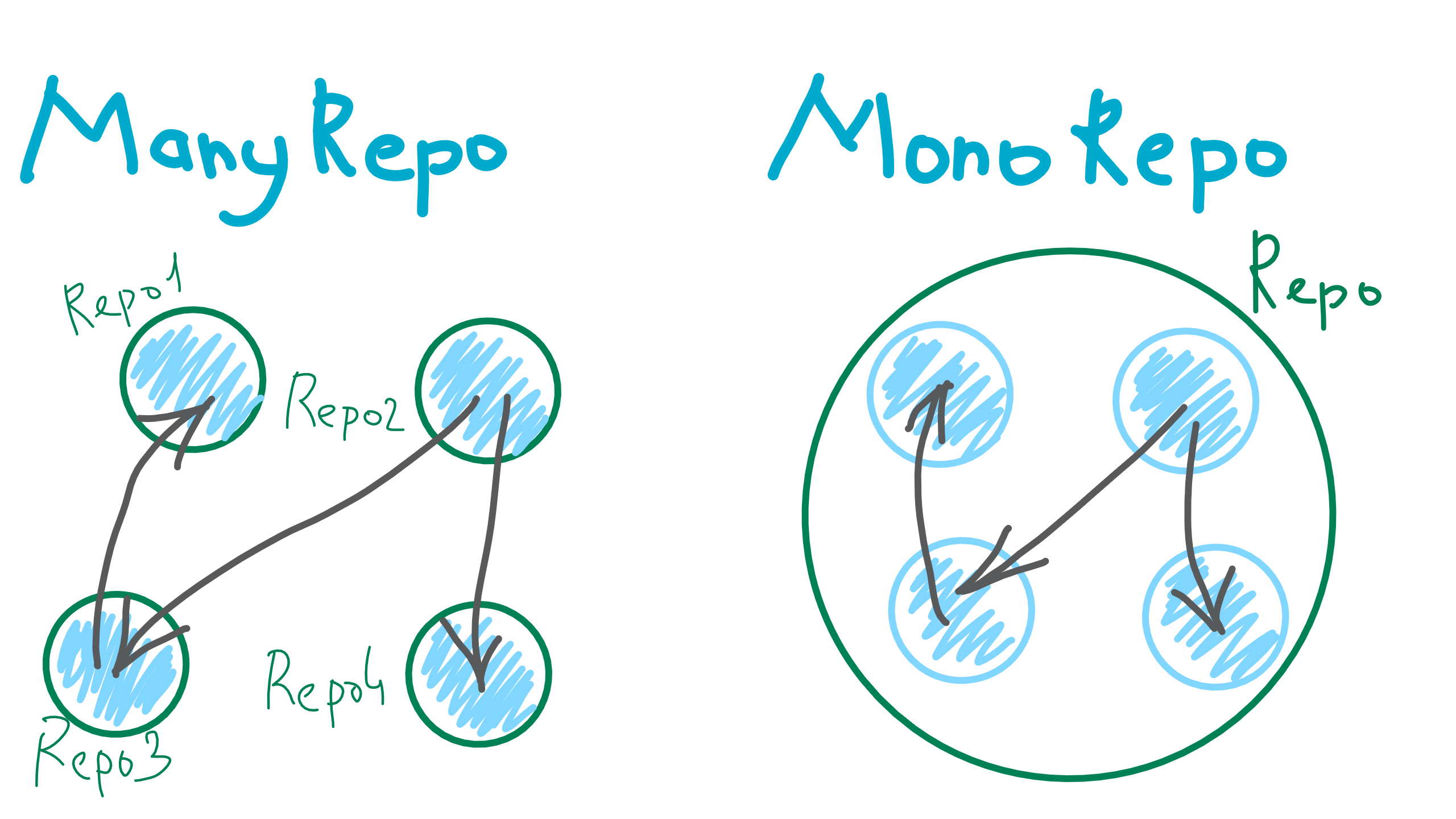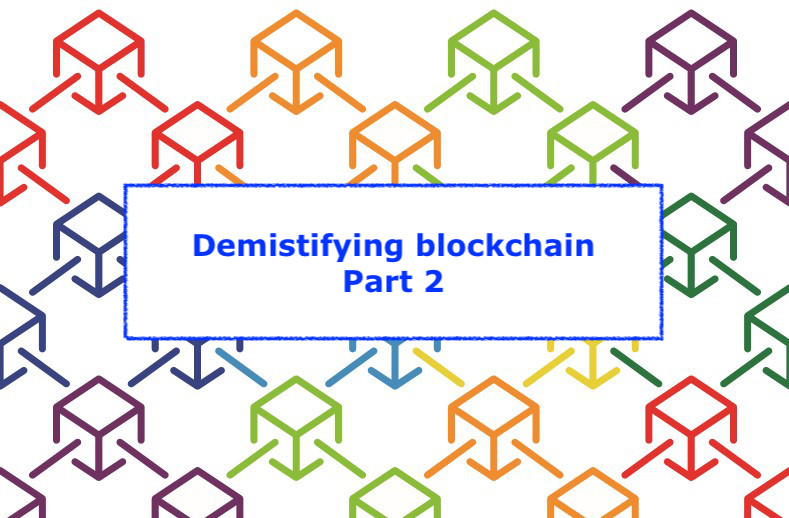In today’s digital world, ensuring the authenticity and security of our communications is more important than ever. PGP (Pretty Good Privacy) and GnuPG (GNU Privacy Guard) are tools designed to provide secure encryption and decryption of data, playing a crucial role in protecting privacy and information. A key component of this security model is the “web of trust,” an informal network of users who verify and sign each other’s public keys.









